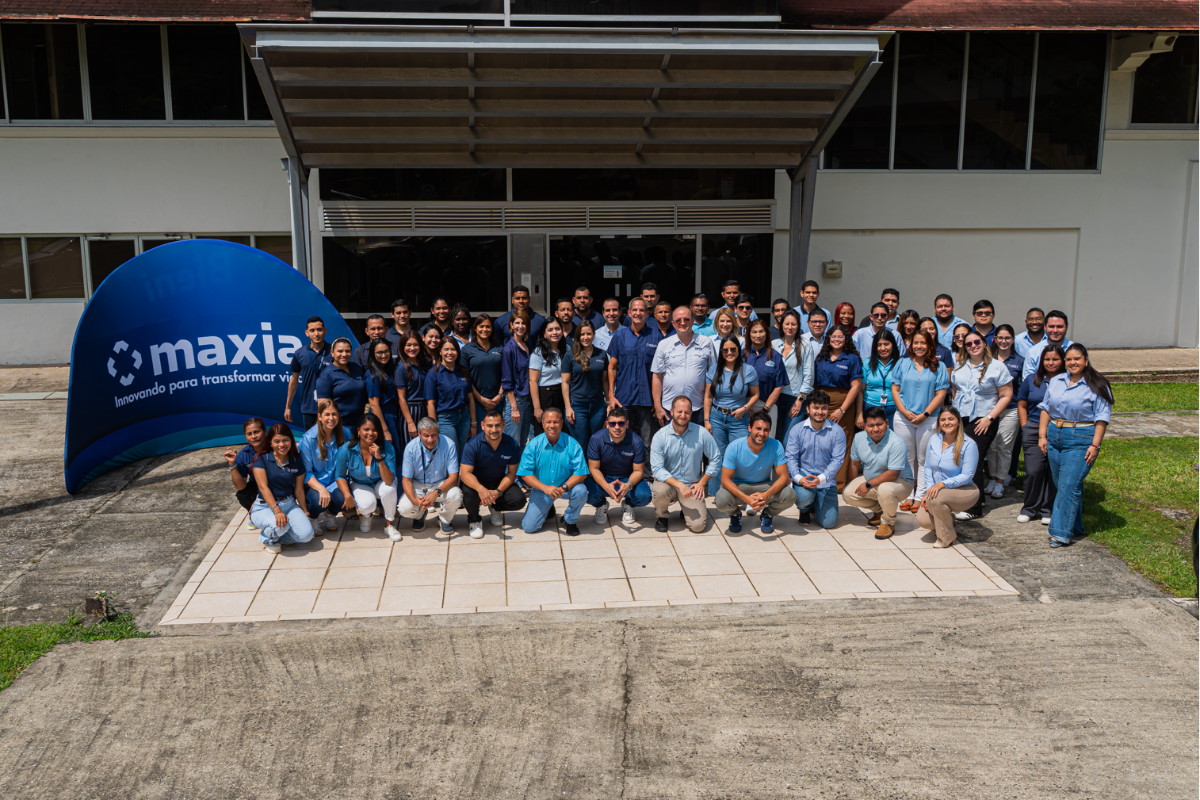Bogotá's El Dorado Airport Soars to New Heights: How It Overtook São Paulo and CDMX as Latin America's Busiest

For decades, São Paulo's Guarulhos International Airport and Mexico City's Benito Juárez International Airport reigned supreme as the busiest hubs in Latin America. But the tide has turned. Bogotá’s El Dorado International Airport (BOG) has dramatically surged in popularity, claiming the top spot and rewriting the region's aviation landscape. This unprecedented growth story, however, isn’t without its challenges, raising questions about the airport’s long-term sustainability and ability to maintain its momentum.
A Surge in Passenger Numbers
The numbers speak for themselves. El Dorado Airport handled over 45 million passengers in 2023, surpassing both Guarulhos and CDMX. This remarkable increase is fueled by a combination of factors, including Colombia's growing economy, increased tourism, and strategic investments in infrastructure and connectivity. The Colombian government’s efforts to promote tourism, coupled with the country’s rising appeal as a business destination, have undeniably contributed to this passenger boom.
Beyond the Numbers: What's Driving the Growth?
Several key elements have propelled El Dorado's ascent. Firstly, the expansion of airline routes and frequencies – both domestic and international – has significantly broadened the airport’s reach. Major carriers like Avianca, LATAM, and Copa Airlines have increased their presence, offering more convenient and diverse travel options. Secondly, the airport’s location in Bogotá, a major economic and cultural center, makes it a natural gateway for travelers to the region. Finally, the airport's ongoing modernization efforts, including improvements to passenger facilities and baggage handling systems, have enhanced the overall travel experience.
Challenges on the Horizon
Despite its impressive growth, El Dorado Airport faces significant challenges that could threaten its sustained success. One of the most pressing concerns is infrastructure capacity. The rapid increase in passenger volume has put a strain on the airport's existing facilities, leading to congestion and potential delays. While expansion plans are underway, ensuring they are completed efficiently and effectively is crucial.
Another challenge lies in the regulatory environment. Navigating Colombia's complex aviation regulations and securing necessary approvals for expansion projects can be time-consuming and costly. Streamlining these processes is essential to maintain the airport’s competitive edge.
Furthermore, the airport's dependence on Avianca, Colombia's largest airline, presents a risk. Any significant disruption to Avianca’s operations could have a ripple effect on El Dorado’s traffic. Diversifying the airline mix and attracting new carriers is vital to mitigate this risk.
Looking Ahead: Maintaining the Momentum
El Dorado International Airport’s rise to the top of Latin America’s aviation scene is a testament to Colombia’s economic progress and strategic investments. Maintaining this momentum, however, requires proactive measures to address the existing challenges. Continued investment in infrastructure, a streamlined regulatory environment, and diversification of airline partnerships will be key to ensuring El Dorado Airport remains the region’s leading aviation hub for years to come. The airport’s future hinges on its ability to adapt and innovate in a rapidly evolving global travel landscape. The next few years will be critical in determining whether El Dorado can solidify its position and continue to soar to new heights.





